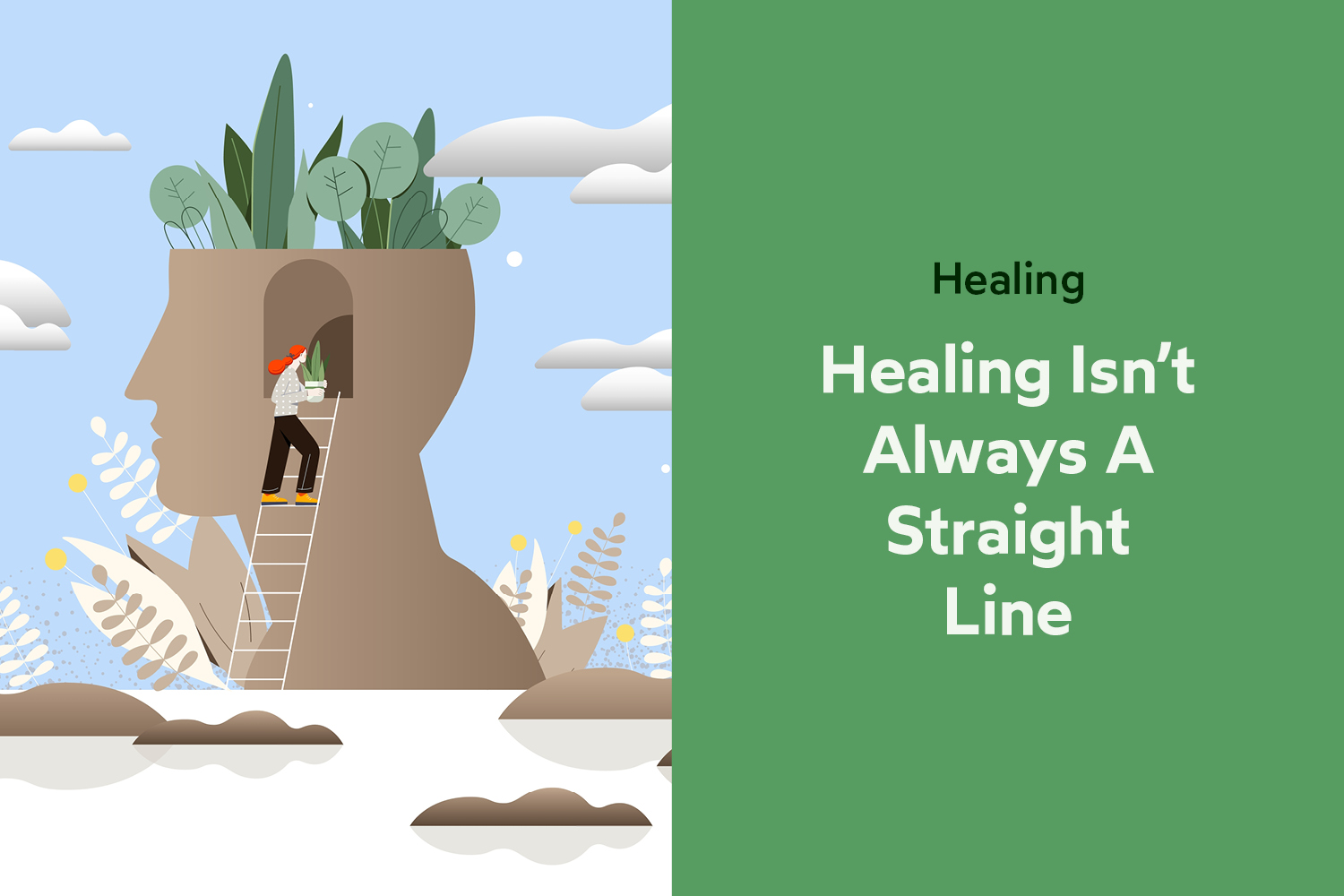New Chiropractic Patients

Healing doesn’t always happen in a straight line. It’s common to feel like you’re making progress one day and taking a step back the next. That’s part of the process.
In fact, real healing is rarely neat. It’s often uneven, sometimes messy, and doesn’t always match the polished versions you might see online.
Progress might look like sleeping more soundly, walking with less discomfort, or feeling a bit more like yourself again.
Think of healing as more like a spiral staircase than a ladder. You’re moving upward overall, but you might circle back to familiar feelings or symptoms along the way.
Some general stages include:
This process isn’t the same for everyone, but it’s normal to move through these phases in your own time.
Sometimes, as your body adjusts and rebalances, you might temporarily feel more tired or uncomfortable. This can include brief increases in pain, changes in sleep, or feeling more emotional than usual.
Not everyone experiences this, but for those who do, it may be part of the adjustment process as your body adapts.
Think of it like decluttering your home; things can get a little chaotic before they settle down.
Your body has an internal rhythm and responds best when you work in sync with it. You may notice you feel more alert at certain times or that some foods leave you feeling better than others.
Listening to these patterns can support your overall recovery. Some helpful strategies include:
Healing is a journey. It takes time, patience, and self-compassion. Recognise small signs of progress and be kind to yourself as you go.
Every step forward counts, even if it doesn’t always feel like it in the moment.